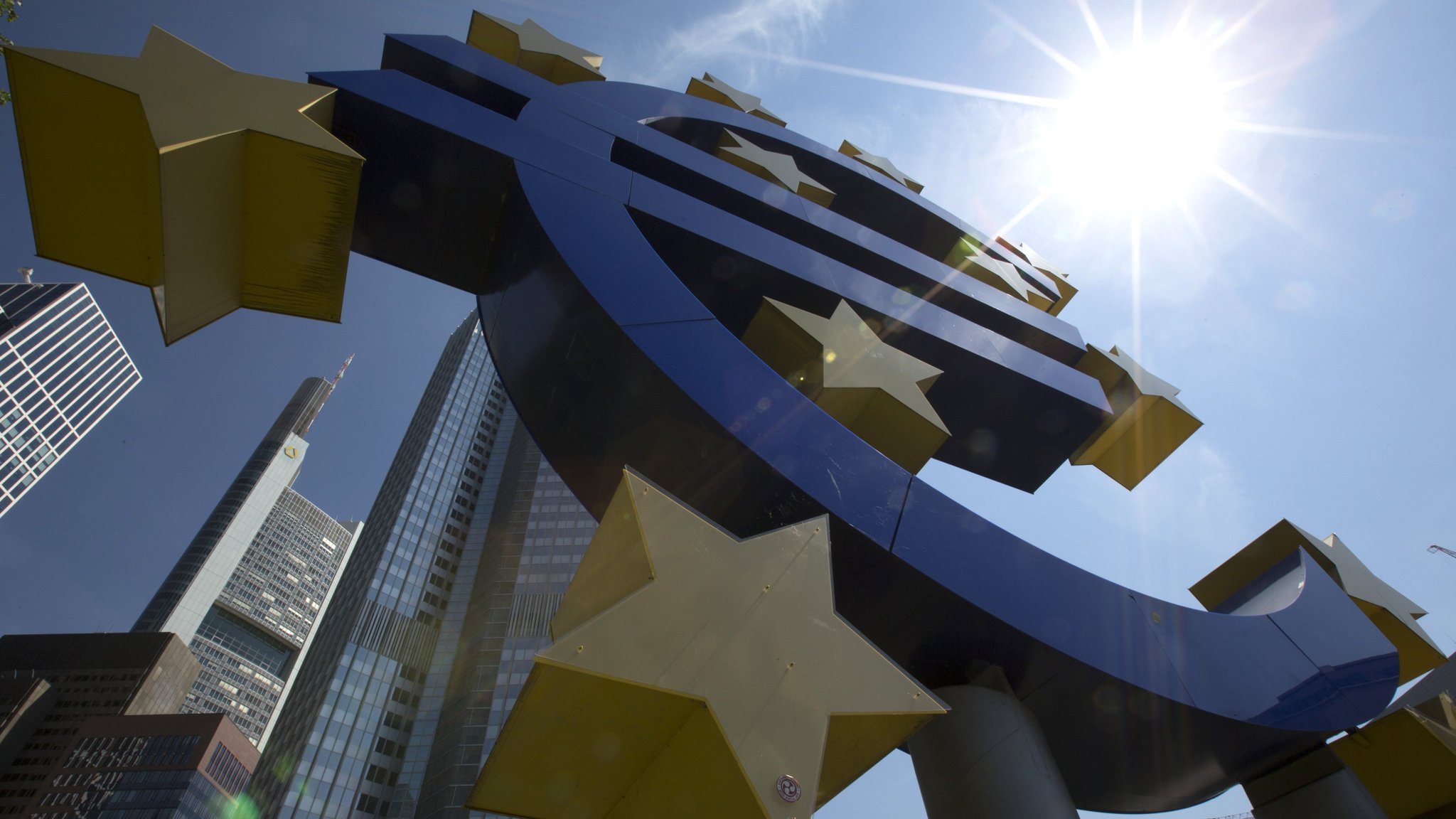After hitting a three-year high against the dollar, the strong euro is likely to preoccupy global markets and European Central Bank policymakers in particular in the coming week.
The ECB, whose Governing Council meets on Thursday, last expressed concern over the single currency in September, when it said exchange rate volatility was an uncertainty that required “monitoring”. Then the euro had only briefly nudged beyond $1.20, Reuters reported.
In the last week it has surpassed $1.23, and is now some 4% higher than when ECB policymakers met in December, although on a trade-weighted basis the euro’s rise is not as steep.
Its January surge followed the release of minutes from the December ECB meeting showing the bank intended to revisit its policy message in early 2018, prompting markets to price in a 70% chance of a rise in interest rates by the end of the year. The ECB last hiked rates in 2011.
Reuters reported on Wednesday that the ECB was unlikely to ditch its pledge to keep buying bonds at its January meeting.
Public comments in the past week show its policymakers are growing more alert to the euro’s strength. Vice-President Vitor Constancio said that, while the ECB did not have an exchange rate target, he was concerned by sudden movements that did not reflect changes in fundamentals.
Pain Threshold
European firms used to express more concern about the euro crossing what they called the pain threshold, curbing exports and so overall growth. The eurozone economy is currently motoring along at a decade-high pace of 2.5% per year.
Carsten Brzeski, Frankfurt-based economist for ING, says the impact of a strong euro on growth has steadily faded as an increasing number of invoices are denominated in euros and companies are more active hedging their currency exposure. “This time it matters more for inflation than for growth,” he said.
Sustained euro strength, he said, would reduce the ECB’s inflation assumptions this year and next—1.4 and 1.5% respectively—by 0.2 percentage points. This would move them further from the ECB target of close to but below 2% and reduce the prospects of an early and sudden end to quantitative easing.
Indeed, the most recent eurozone inflation figures vindicate the ECB’s easy policy stance. The rate in December fell to 1.4% from 1.5% in November and underlying inflation, excluding volatile energy, food and tobacco, was a mere 0.9% for the third month in a row.
The euro might not have hit a pain threshold yet, but ECB policymakers will not want to encourage any further rise.
Jan von Gerich, economist at Nordea Markets, suggests ECB President Mario Draghi will sound a shade less optimistic than in December to convince markets that the next rate hike is not coming sooner and to stop the euro from rising further.
“We expect to see some downside pressure on the euro and bond yields in response to the ECB’s immediate message next week,” he said in a note on Thursday.
Euro at Risk
The euro’s bull run may face a hiccup should Germany’s leaders fail to break a four-month political impasse that has left Europe’s largest economy without a majority government, Bloomberg reported.
The common currency could fall as low as $1.17, a level not touched since mid-November, should the Social Democratic Party decide not to pursue a coalition with Chancellor Angela Merkel, according to Morgan Stanley. The SPD is holding a special convention on Sunday to decide whether to pursue formal talks with Merkel’s Christian Democratic Union-led bloc.
Any euro move fueled by the outcome of the SPD meeting would kick off what looks to be a busy week for the currency, with the European Central Bank’s first policy decision of the year due Thursday.
Meanwhile, the design for a new class of safe financial assets intended to strengthen the eurozone will be published imminently after almost a year of delay, according to officials familiar with the matter.
The report, commissioned by Draghi, will offer a plan for bundling government debt from the bloc’s 19 nations into a security that could withstand default by one or more countries without sparking contagion. The European Safe Bond initiative started in September 2016 as a way to avoid a repeat of the region’s sovereign debt crisis.


